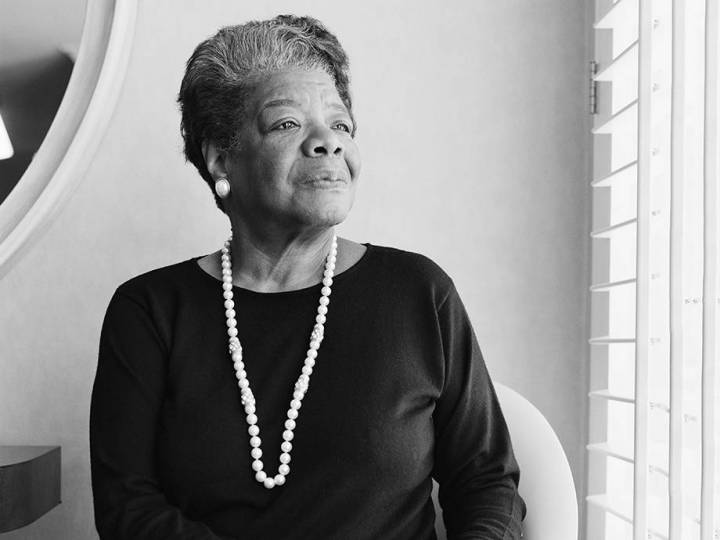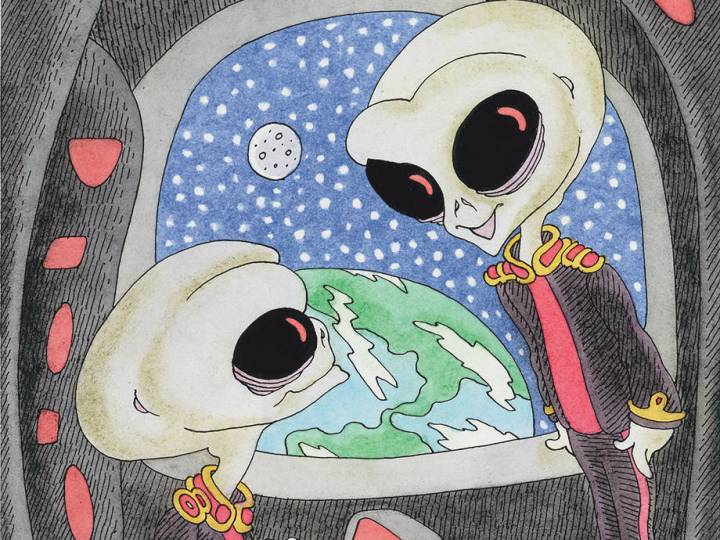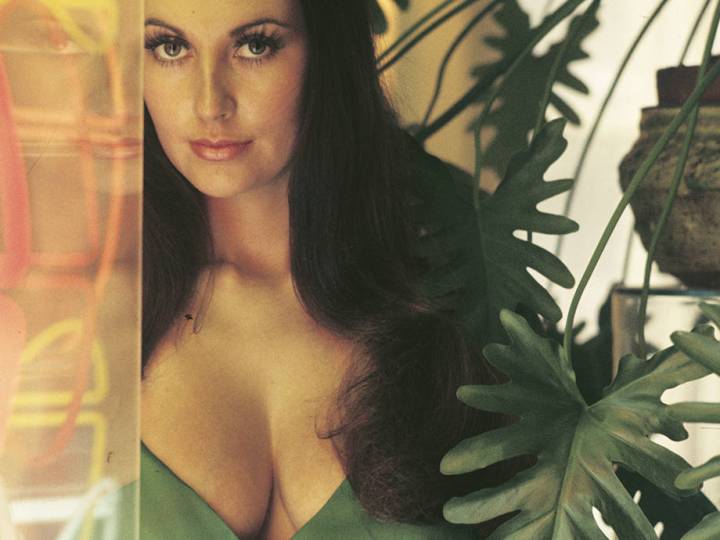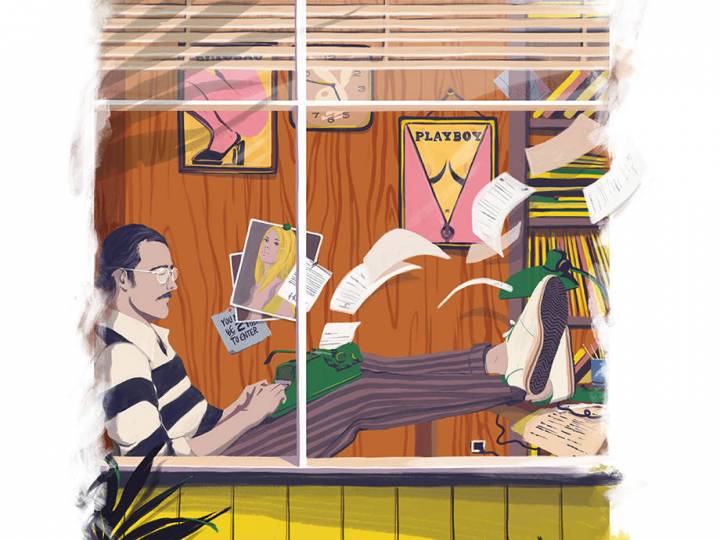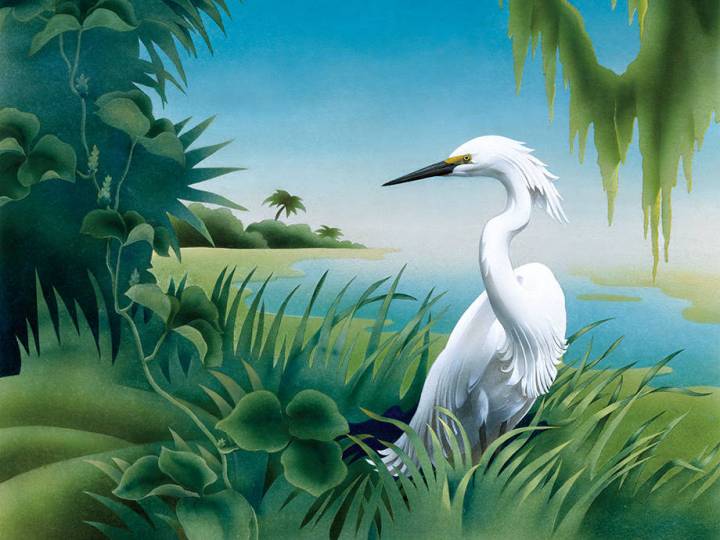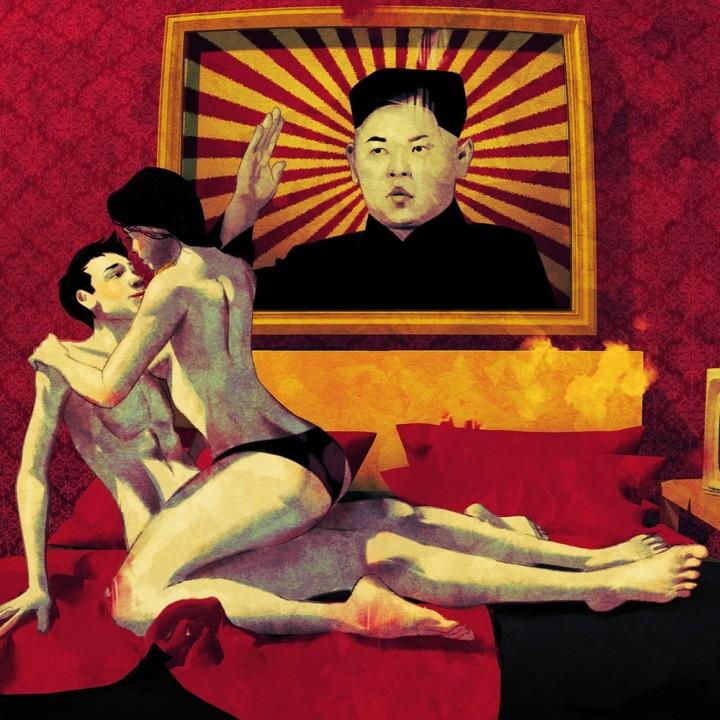
The Subversive Scribbler
Remembering Shel Silverstein, Playboy’s beloved “proto-punk” poet and cartoonist
It was a poem about a girl who wanted a pony that first landed Shel Silverstein in trouble. Published in his 1981 collection of illustrated children’s poetry, A Light in the Attic, “Little Abigail and the Beautiful Pony” angered parents for its supposed glorification of suicide: Horse-obsessed Abigail stops eating and sleeping and eventually dies, “All because of a pony / That her parents wouldn’t buy.” Or maybe it was Silverstein’s cheeky closing lines that had truly upset the moms and dads who pushed to ban the poem: “This is a good story / To read to your folks / When they won’t buy / You something you want.”
A longtime doodler, Silverstein walked into Playboy’s Chicago office one day in 1956 and dropped off an unsolicited portfolio. Upon seeing his work, Hugh Hefner quickly bought several drawings for the magazine. It was the beginning of a long and fruitful collaboration, as well as a lifelong friendship.
Over the next two decades, Silverstein—whom the magazine labeled, at various points, Playboy's “peerless prankster,” “wandering beard” and “whiskered wit”—was a regular contributor. He landed a dream assignment: traveling around the world to scribble his impressions of destinations including Moscow, Italy, Africa and Paris. Silverstein sketched himself as a tourist in these exotic locations and liked to use clever captions to comment on local customs—and to poke fun at himself. In a cartoon from his Switzerland visit, he sits in the town square and remarks, “I’ll give them 15 more minutes, and if nobody yodels, I’m going back to the hotel.” His Silverstein in Hawaii entry depicts a hula girl draping a chain of flowers around his neck, commenting, “It’s spelled l-e-i, sir, and I’ve heard that joke 3,227 times.” His humorous travelogues became the second-most-popular Playboy feature—after the Centerfold, naturally.
Silverstein was Playboy's liaison to new subcultures stirring across the country during a period of potent social transformation. Throughout the 1960s, he documented America’s burgeoning counterculture, illustrating the new slang and sexual norms of the beatniks in Greenwich Village and the free-love hippies in San Francisco. He reported on a nudist camp in Pennsylvania “in the interest of journalistic expression and a freer press,” he wrote with a wink. His 1965 dispatch from Cherry Grove, a gay resort community on New York’s Fire Island, prompted reader praise for its “total absence of moralizing.”
That his work was frequently banned hasn’t stopped readers of all ages from connecting with the material.
Silverstein had a particular affinity for the freakish and the monstrous—see, for example, Silverstein’s Zoo, a collection of unusual animal drawings paired with nonsensical verse, or Uncle Shelby’s Kiddie Corner, a series of twisted nursery rhymes definitely not intended for children. Literary scholar Joseph Thomas describes Silverstein’s distinctive drawing style as “proto-punk, sketchy and improvisatory,” different from the more polished comics found in Playboy's pages and lending the brand a dash of gritty bohemianism. Some of Silverstein’s early cartoons, Thomas says, “look like pieces that were jotted down on a bar napkin.” Yet he was a classic perfectionist, taking great care to arrange his compositions. It takes a real artist to make work that looks so effortless.
Silverstein, who died 20 years ago this May, brought this devotion and energy to all his creative projects. Although his work has, as Thomas says, the “folksy quality” of outsider art, Silverstein nevertheless achieved enormous mainstream success. In addition to his best-selling books, he won a Grammy for his song “A Boy Named Sue,” and he collaborated with luminaries such as David Mamet and Bob Dylan.
Those who knew Silverstein describe him as unconventional, with a devil-may-care attitude and footloose lifestyle. Feiffer remembers his friend fondly as a “free spirit, a legitimate wild man,” and “a bad boy who liked to play around.” His signature outfit was a pirate shirt, tattered leather jacket and jeans with sandals, and he often carried a guitar. He partied with Hef at the Chicago Playboy Mansion and attracted scores of women—but he didn’t want to settle down. “I don’t find that one town or one woman, or one job or one career makes me happy. What makes me happy is changing all the time,” Silverstein, who never married, once said.
That his work was frequently banned hasn’t stopped readers of all ages from connecting with the material: Silverstein’s books have been translated into more than 40 languages and sold more than 35 million copies.
Two decades after his death, he remains an American original. “He has no imitators,” says Feiffer. “There’s no way to try to be what Shel was. He was all himself.”


